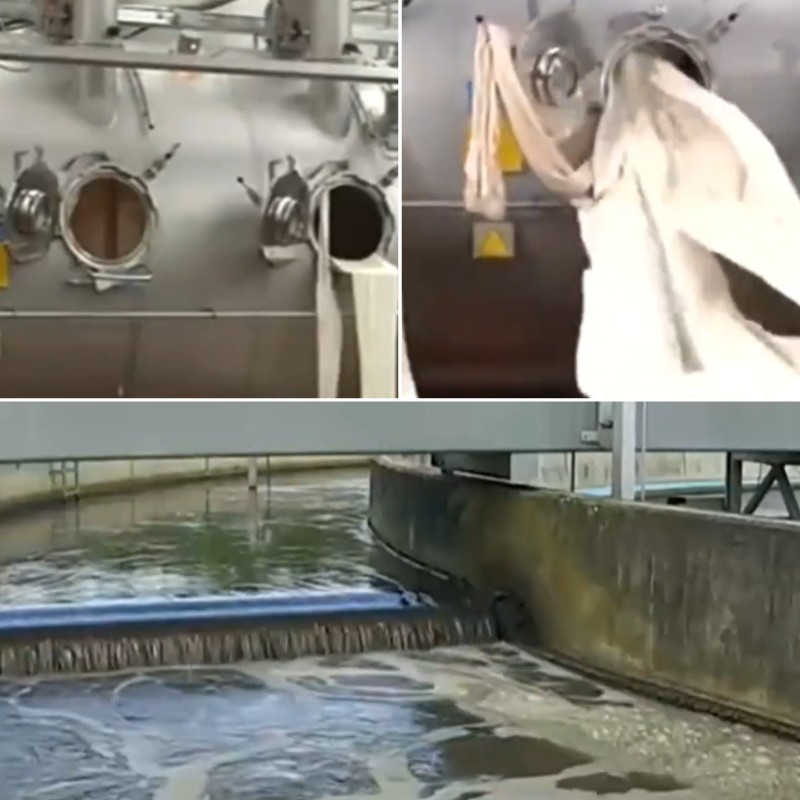Poly aluminium chloride (PAC) and polyacrylamide (PAM) products solve many sewage treatment problems in the water treatment industry. Because we use these high-quality flocculants, many industrial wastewater can be effectively clarified.
As two important branches of flocculant products, the use of inorganic and organic products in combination hasn’t been a new thing.

Printing and dyeing wastewater is the wastewater discharged from dyeing and dyeing, wool dyeing and finishing and silk factories, which mainly process cotton, hemp, chemical fibers and their blended products and silk. Different fiber types and processing technology, printing and dyeing wastewater water and water quality is also different. Printing and dyeing wastewater with large amount of water, high content of organic pollutants, alkaline, water quality changes and other characteristics, is one of the difficult to treat industrial wastewater, wastewater containing dyes, slurry, additives, oil, acid and alkali, fiber impurities, sand substances, inorganic salts.

The treatment of printing and dyeing wastewater is also based on the flocculation mechanism, that is, through the Flocculation Characteristics of polyacrylamide and polyaluminium chloride, the solid in water is destabilized by compressing the double layer, adsorbing the neutralization, adsorbing bridging, forming flocs, then precipitating and separating, so as to achieve the purpose of purification. The difference is that the amount of polyaluminium chloride is large, but the flocs formed are small, while the amount of polyacrylamide is small, but it can obtain larger and more dense flocs.
Generally, polyaluminium chloride is used as coagulant first, and then polyacrylamide is added. Among them, the mass ratio of polyaluminium chloride solid to water is generally 1:20, that is, adding 50KG solid products to 1 ton of tap water for dissolution. After stirring for 10 minutes, the polyaluminium chloride solution can be added to the sewage. Its purpose is to make the COD in sewage (commonly known as suspended particles) carry enough electric load, and initially let these suspended particles flocculate into small pieces